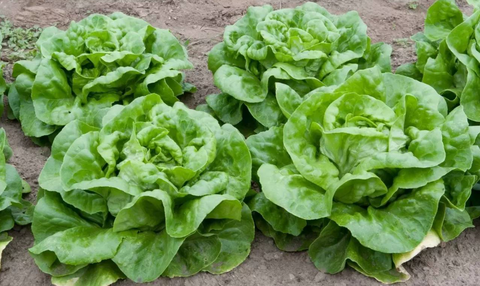Transforming your outdoor space into a picturesque garden landscape is a fulfilling journey that merges creativity with the tranquility of nature. Whether you have a sprawling backyard or a cozy balcony, thoughtful garden landscape considerations are key to creating an inviting and harmonious environment. In this blog, we will explore essential factors to consider when planning and designing your home garden landscape.

1. Assessing Your Space:
Before diving into the creative process, assess the available space for your garden. Consider the size, shape, and topography of your outdoor area. This assessment lays the foundation for making informed decisions about plant selection, layout, and potential hardscape features.
2. Defining Your Garden's Purpose:
Clarify the purpose of your garden landscape. Are you looking to create a serene retreat, a vibrant social space, or a productive vegetable garden? Clearly defining the purpose will guide the overall design and influence the choice of plants, structures, and amenities.
3. Sunlight and Shade:
Understanding the sunlight patterns in your garden is crucial for plant selection. Determine locations that receive full sunlight, partial shade, or full shade for an entire day. This information helps determine where to place sun-loving or shade-tolerant plants and aids in the creation of microclimates within your garden.

4. Soil Quality and Composition:
Assess the soil quality and composition of your garden. Conduct soil tests to understand its pH, nutrient levels, and drainage capabilities. This information informs soil amendments and allows you to select plants that thrive in your specific soil conditions.
5. Plant Selection and Diversity:
Choose a diverse range of plants that offer visual interest, seasonal variations, and different textures. Consider a mix of trees, shrubs, perennials, and annuals to create layers and depth in your garden landscape. Pay attention to the colors and blooming times of plants for a dynamic and ever-changing display.
6. Creating Focal Points:
Introduce focal points that draw the eye and add visual interest to your garden. This could be a statement tree, a sculpture, a water feature, or a carefully placed bench. Focal points anchor the design and create a sense of purpose within the landscape.

7. Hardscape Elements:
Incorporate hardscape elements to define and structure your garden. This includes pathways, patios, decks, and other hard surfaces. Choose materials that complement your overall design, such as natural stone, pavers, or wood, and ensure that pathways are both functional and aesthetically pleasing.
8. Seasonal Interest:
Plan for seasonal interest by selecting plants that provide visual appeal throughout the year. Evergreen plants, ornamental grasses, and plants with interesting bark or berries contribute to the garden's beauty during all seasons, not just when flowers are in bloom.
9. Garden Edging:
Define the borders of your garden beds with carefully chosen edging materials. This not only adds a polished look but also helps contain plants and prevents soil erosion. Edging can be achieved using materials like bricks, stones, or metal, depending on the style of your garden.

10. Water Features:
Consider incorporating water features, such as fountains, ponds, or birdbaths, to add a sense of tranquility and attract wildlife. The sound of flowing water can create a calming ambiance, while a water source invites birds and beneficial insects into your garden.
11. Sustainable Practices:
Embrace sustainable gardening practices by incorporating eco-friendly elements. This includes rainwater harvesting, composting, and selecting native plants that require less water and maintenance. Sustainable practices not only benefit the environment but also contribute to a healthier and more resilient garden.
12. Maintenance Considerations:
Be realistic about the level of maintenance you are willing to commit to. Choose plants and features that align with your desired level of involvement. If time is limited, opt for low-maintenance plants and consider automation options for watering systems.

13. Privacy and Screening:
Create a sense of privacy in your garden by strategically placing plants or structures to screen undesirable views or shield your space from neighbors. Consider the height and density of plants for effective privacy screening without compromising aesthetics.
14. Lighting Design:
Extend the enjoyment of your garden into the evening by incorporating well-planned lighting. Consider pathway lights, string lights, or spotlights to highlight specific features. Lighting not only enhances the visual appeal but also contributes to the safety and functionality of your garden.
15. Garden Furniture and Accessories:
Select comfortable and weather-resistant furniture to create inviting outdoor spaces. Consider features like benches, chairs, or even a cozy hammock to encourage relaxation and socializing. Accessories such as cushions, outdoor rugs, and decorative pots add a personal touch to your garden landscape.
Conclusion: Cultivating Your Outdoor Oasis
Designing a garden landscape for your home is a personalized and fulfilling endeavor. By considering factors such as sunlight, soil, purpose, and plant diversity, you can craft an outdoor oasis that reflects your style and enhances the beauty of your surroundings. Remember that a well-planned garden is a dynamic space that evolves over time, providing you with a canvas to cultivate and nurture the wonders of nature right outside your door. Happy gardening!









